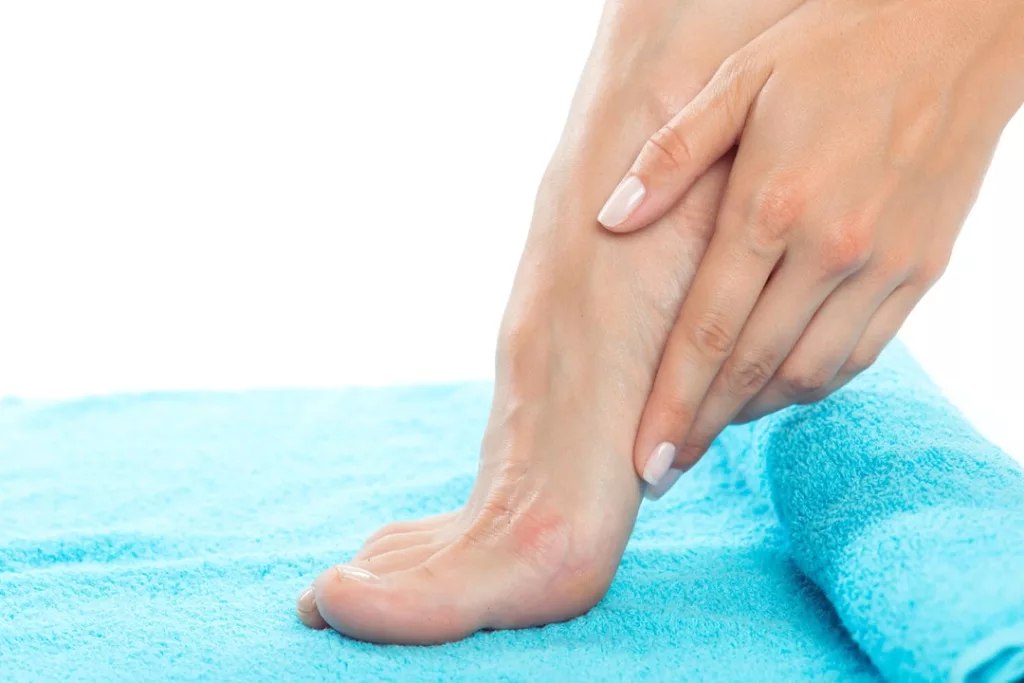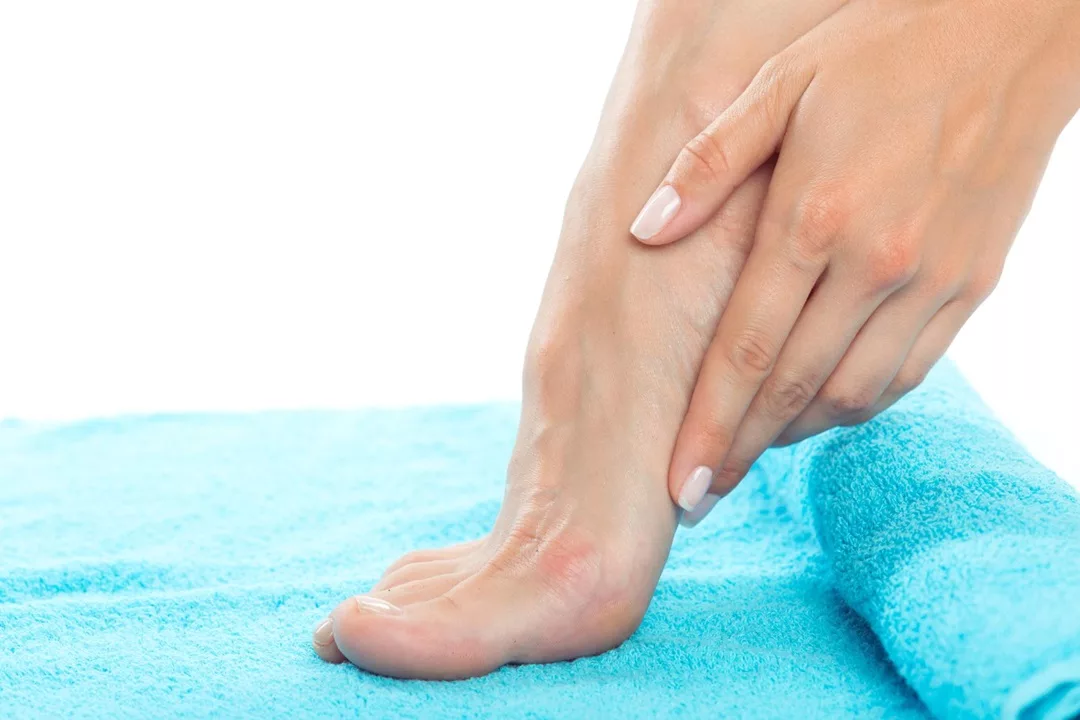Foot health forms a critical part of our overall well-being, yet it is often overlooked until a problem arises. One such issue that could severely impact one’s life is ‘Drop Foot.’ Unfamiliar to many, this disorder could change a person’s way of walking and balancing, and, in severe cases, may result in a significant fall. To raise awareness and provide comprehensive information, this article will delve into the condition called Drop Foot, from its causes and symptoms to treatment options and preventive measures.
What is Drop Foot?
Drop Foot is a medical condition characterized by an inability to lift the front part of the foot. This difficulty results in a scuffing or dragging of the foot on the ground when walking or an exaggerated lifting of the thigh, a gait known as ‘steppage.’ It is usually a symptom and not a disease itself, hinting at underlying nerve or muscle disorders, damage, or central nervous system issues.
Understanding the Causes of Drop Foot
Several conditions can cause Drop Foot, all related to the impairment of the muscles or nerves that lift the foot:
- Nerve Injury: The most common cause of Drop Foot is an injury to the peroneal nerve, a branch of the sciatic nerve controlling the muscles involved in lifting the foot.
- Muscle or Nerve Disorders: Various forms of muscular dystrophy, an inherited disease that causes progressive muscle weakness, can lead to Drop Foot. Neurological conditions like Amyotrophic Lateral Sclerosis (ALS) or Multiple Sclerosis (MS) also contribute to developing Drop Foot.
- Central Nervous System Disorders: Conditions like stroke or cerebral palsy that affect the brain or spinal cord can cause Drop Foot.
Recognizing the variance in the causes, let’s explore the topic that many are curious about early signs of Drop Foot.
Recognizing the Early Signs of Drop Foot
Early detection of any disorder is crucial for effective treatment. Key signs of Drop Foot include:
- Difficulty lifting the front part of your foot
- A high-stepping walk (steppage gait)
- Frequently tripping or falling
- Numbness in the foot
- Muscle weakness in the affected foot
If these symptoms seem familiar, it’s best to consult with a healthcare professional who would diagnose the condition primarily through physical examination. However, further testing may occur if necessary.
How to Treat Drop Foot
After diagnosis, the treatment approach for Drop Foot depends on its severity and cause. Some commonly used treatment methods include:
- Braces or Splints: Braces or Ankle-Foot Orthosis (AFO) are often used to support the affected foot and improve walking.
- Physical Therapy: Therapy sessions help to strengthen foot and leg muscles and improve gait disturbances.
- Electrical Nerve Stimulation: For some patients, stimulating the peroneal nerve with electrical currents may help.
- Surgery: Cases, where other treatments are ineffective, may require surgery. Procedures could include decompression, nerve grafts, or tendon transfers.
Is Drop Foot Serious?
Yes, Drop Foot can be severe, further underscoring the importance of early detection and treatment. Left untreated or not managed correctly, it can lead to an increased risk of tripping and falling, decreased mobility, dependency on assistive devices for movement, and a potential decline in overall quality of life.
The Road to Prevention
Preventing Drop Foot primarily involves managing risk factors related to nerve damage. For example, avoid crossing your legs for extended periods, manage underlying conditions like diabetes effectively, and adopt a regular exercise routine for overall nerve health.
In conclusion, Drop Foot, while a significant health concern, can be managed and treated effectively with medical assistance. Awareness and understanding of the condition are crucial. If you or anyone you know are experiencing signs associated with Drop Foot, please consult with a healthcare professional.





